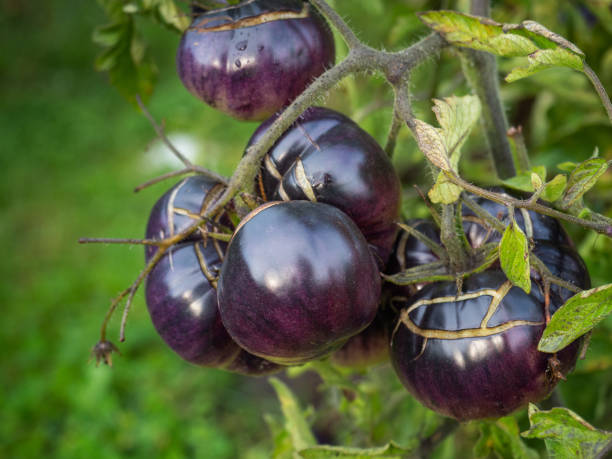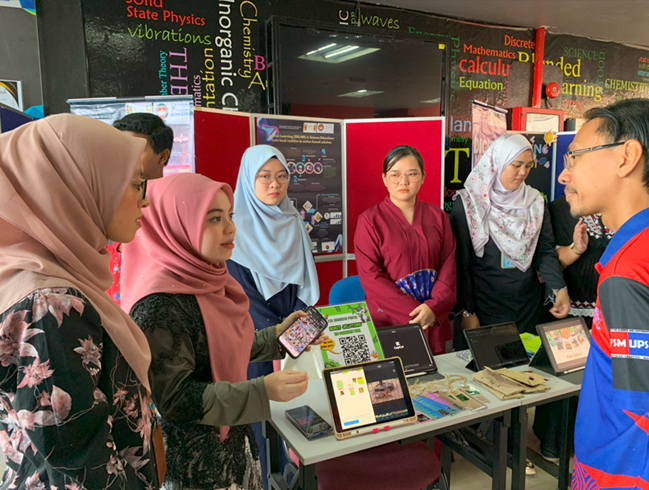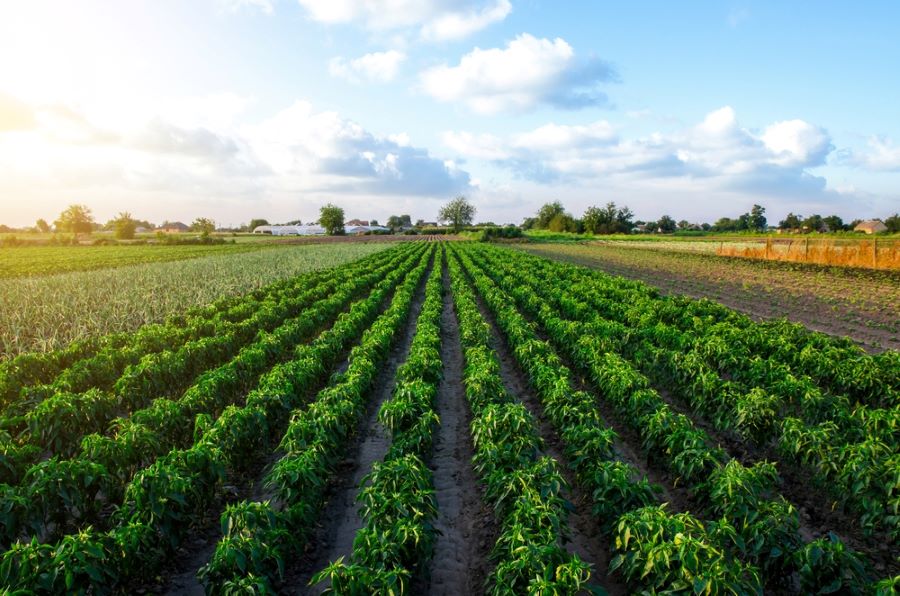
Superfoods are gaining popularity among consumers because they serve beyond basic nutritional needs, such as vitamins and minerals and provide exceptional nutrients. These exceptional nutrients are phytonutrients or plant pigments that can prevent diseases caused by ageing, where our body loses its usual functions and slows down. These phytonutrients often come in deep red, orange, and purple colours. Hence, it is said that eating a colourful diet keeps us healthy. Some examples of superfoods are the avocado, chia seed, beetroot, and purple tomato.
Scientists have now turned the common tomato into a superfood through genetic modification. Genetic modification, or GM, inserts beneficial traits into crops from unrelated varieties. The usual red tomato is rich in lycopene, a plant pigment that gives the red colour to tomatoes. Scientists at the UK’s John Innes Centre have modified the red tomatoes to deep purple by adding genes from snapdragon flower and Arabidopsis (a weed). The purple pigments are anthocyanins, similarly found in blueberries.
Anthocyanins belong to a class of compounds called flavonoids. They have antioxidant effects, where they destroy free radicals. These unstable molecules damage our cells and increase the risk of diseases like cancer, cardiovascular diseases, diabetes, Alzheimer’s disease, Parkinson’s disease, cataracts and age-related macular degeneration. These qualities make the humble tomato a superfood.
Since the anthocyanin gene is from the snapdragon flower, scientists can’t use conventional breeding such as crossing or hybridisation. We know crossing a papaya and a pineapple is impossible. The genes responsible for the anthocyanin production in the snapdragon flower are spliced and inserted into tomatoes together with genes from Arabidopsis to help tomatoes produce the purple pigments. The scientist behind this tomato, Professor Cathie Martin, conducted a study on mice in 2008 and found that mice fed purple tomato powder lived nearly 30 % longer than those supplemented with powder from normal tomatoes.
Many might be concerned about the safety of genetically modified foods. Any genetically modified crops require stringent testing to ensure their safety to humans, animals and the environment before they are approved for cultivation and consumption. Scientists and regulators have conducted all the tests to assess the safety of purple tomatoes and found that they pose no risks to human health. Furthermore, anthocyanins have a long history of safe consumption in our diet.
In 2014, the purple tomatoes were grown in Canada in a glasshouse to extract their juice for further tests. Results show that they are safe. Now, Norfolk Plant Sciences, a US-based company, is waiting for approval from the US authorities to make the seeds available to farmers to supply fresh tomatoes and their products like sauces, juices, and others to shops. This news will be exciting for consumers.
The other common question from opponents of biotechnology is why not just eat other foods rich in anthocyanins like red dragon fruit, cranberry, blueberry or purple cabbage? The answer is that we need a variety of foods to suit the dietary preferences of consumers and the availability and affordability of the foods. This option helps reduce the rising risks of the diseases mentioned earlier. Scientists have developed other superfoods like pink pineapple, which is already available but not widely marketed. In contrast, tomatoes are widely used to prepare many foods, are available everywhere, and are cheap. This ubiquity will naturally make the purple tomato a soon-to-be-available superfood affordable to everyone!





